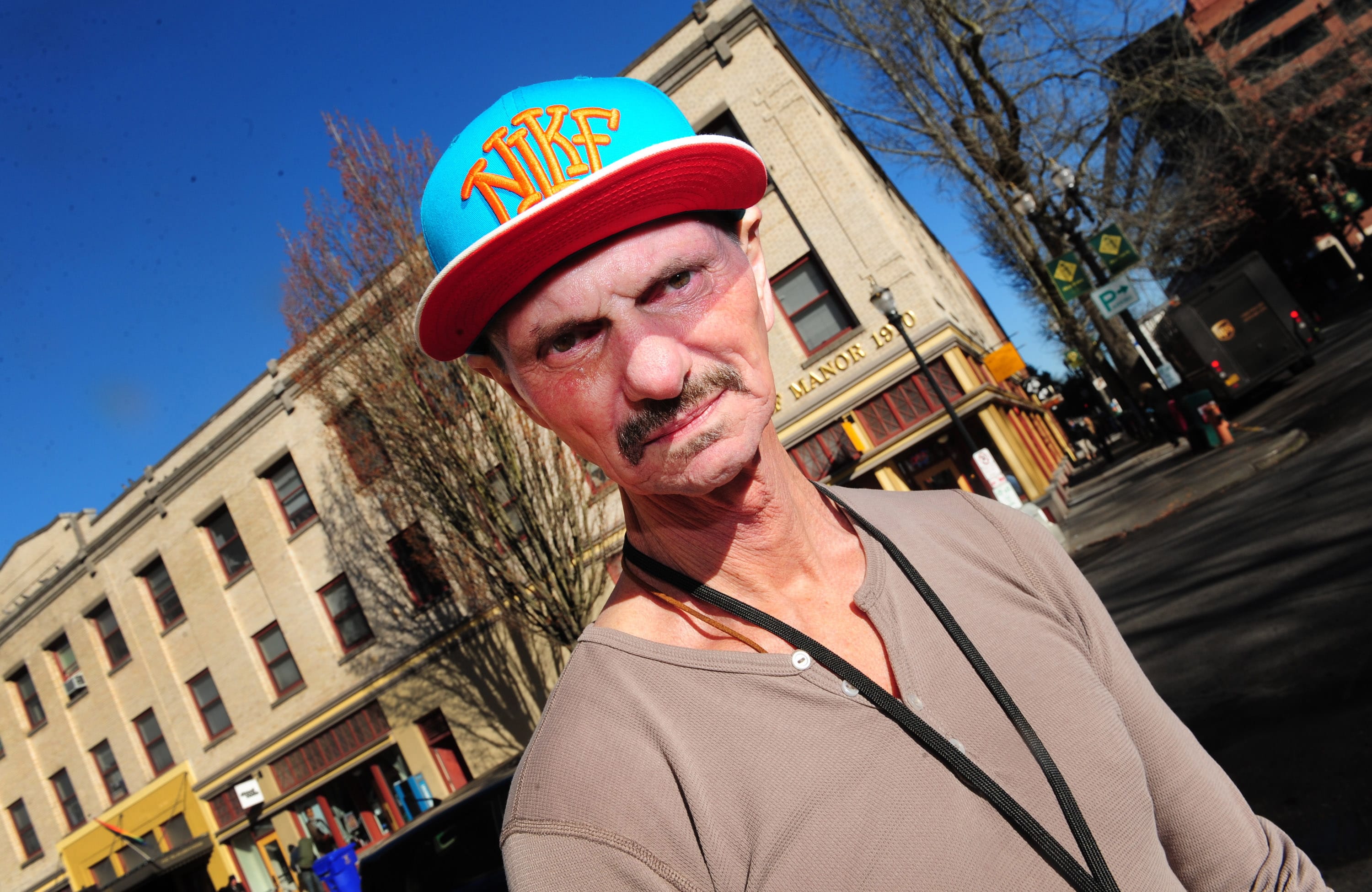Clark County heroin use has measurably risen
Local law enforcement officers and drug treatment experts have told The Columbian several times over the past two years that the local rate of heroin use has soared.
Just one measure: According to Daybreak Youth Services, 4 percent of teens admitted in 2008 for inpatient drug rehabilitation services in Clark County reported using heroin. By summer 2012, that number spiked to 15 percent.
According to a June 2013 study by the University of Washington’s Alcohol & Drug Abuse Institute, several other indicators show Clark County’s problems with heroin and other opiates have grown in the past few years:
o In 2011-12, evidence submitted by police agencies in Clark County tested positive for heroin in 344 cases, more than a sevenfold increase in the rate compared with a decade earlier. The rate was the eighth-greatest among Washington’s 39 counties (Cowlitz County, with three times more heroin cases per capita than Clark County, had the state’s worst rate.)



